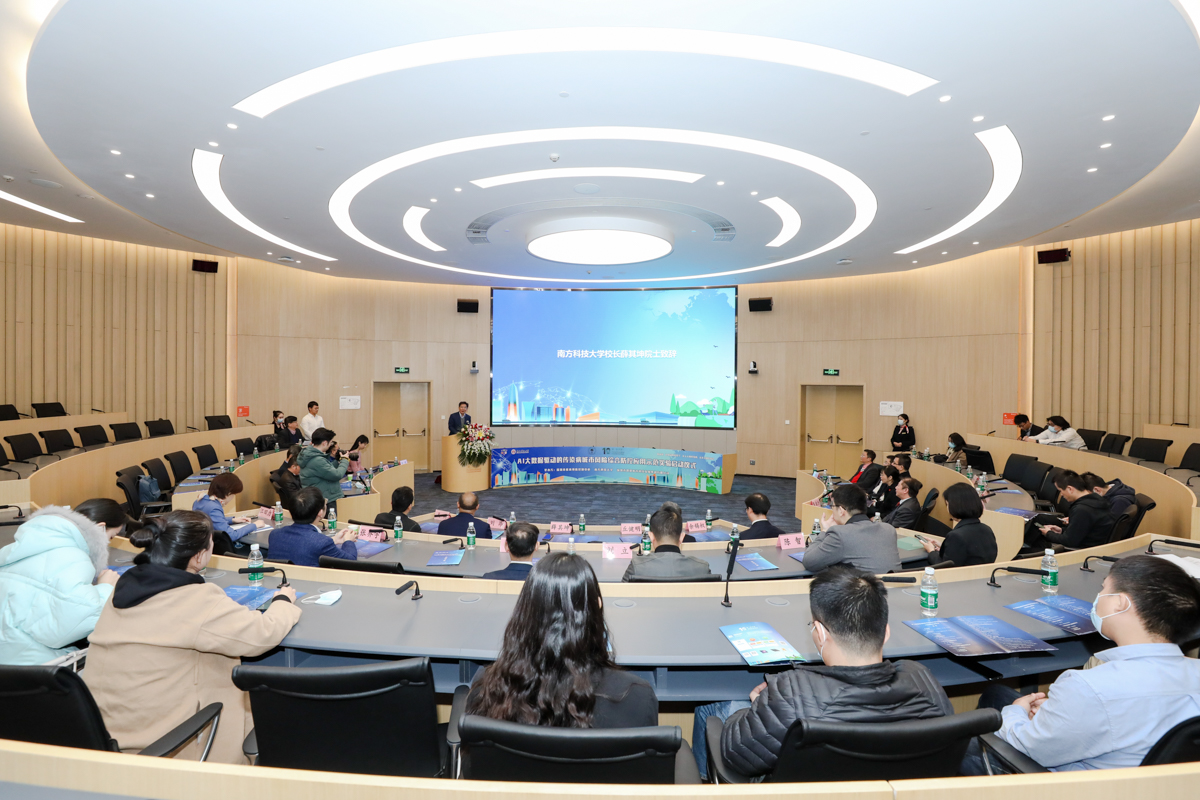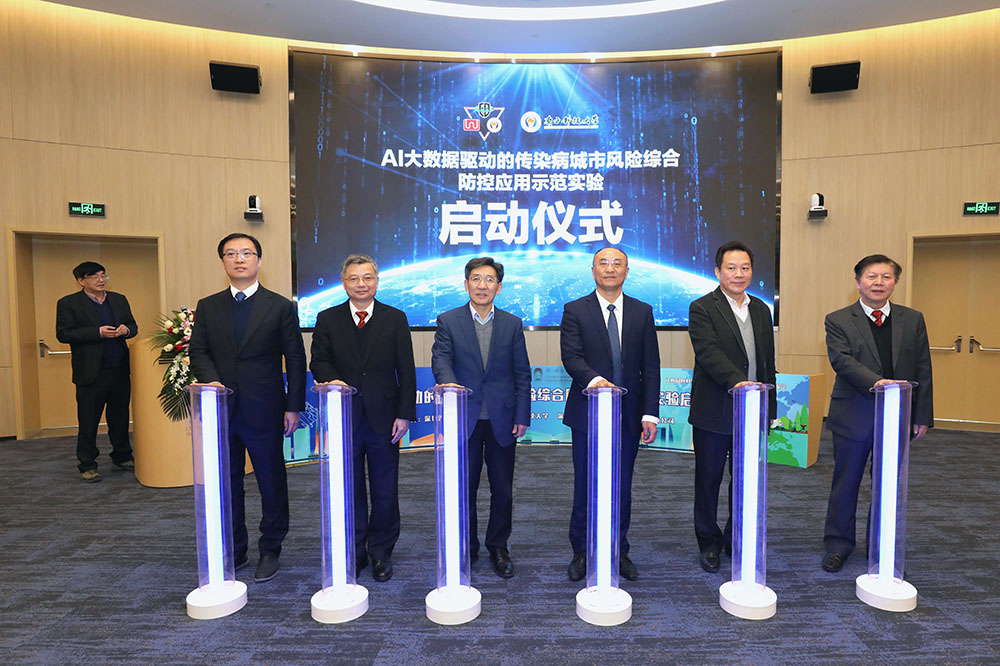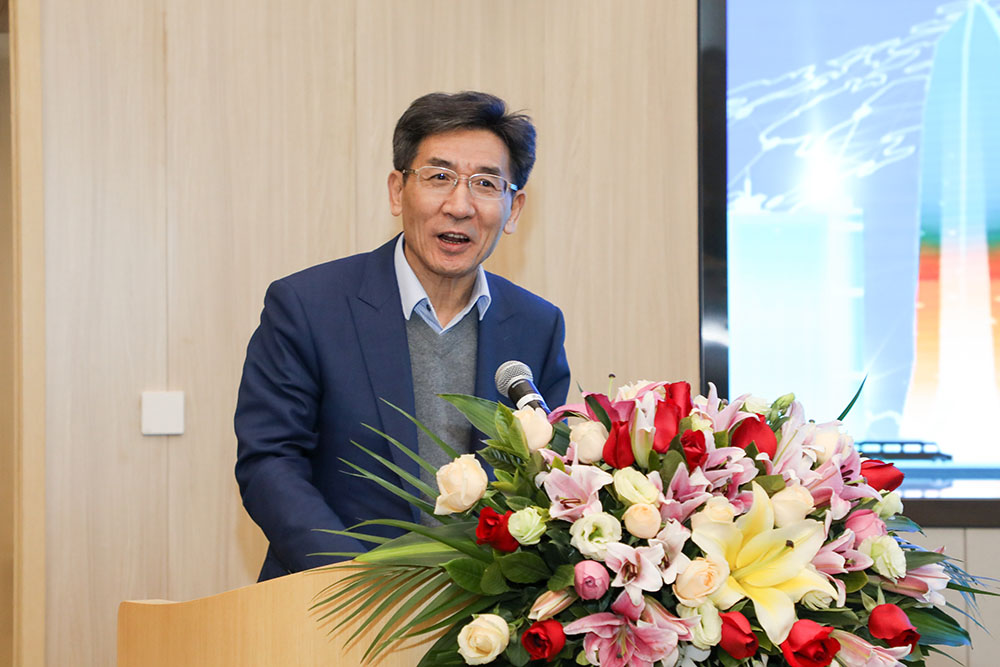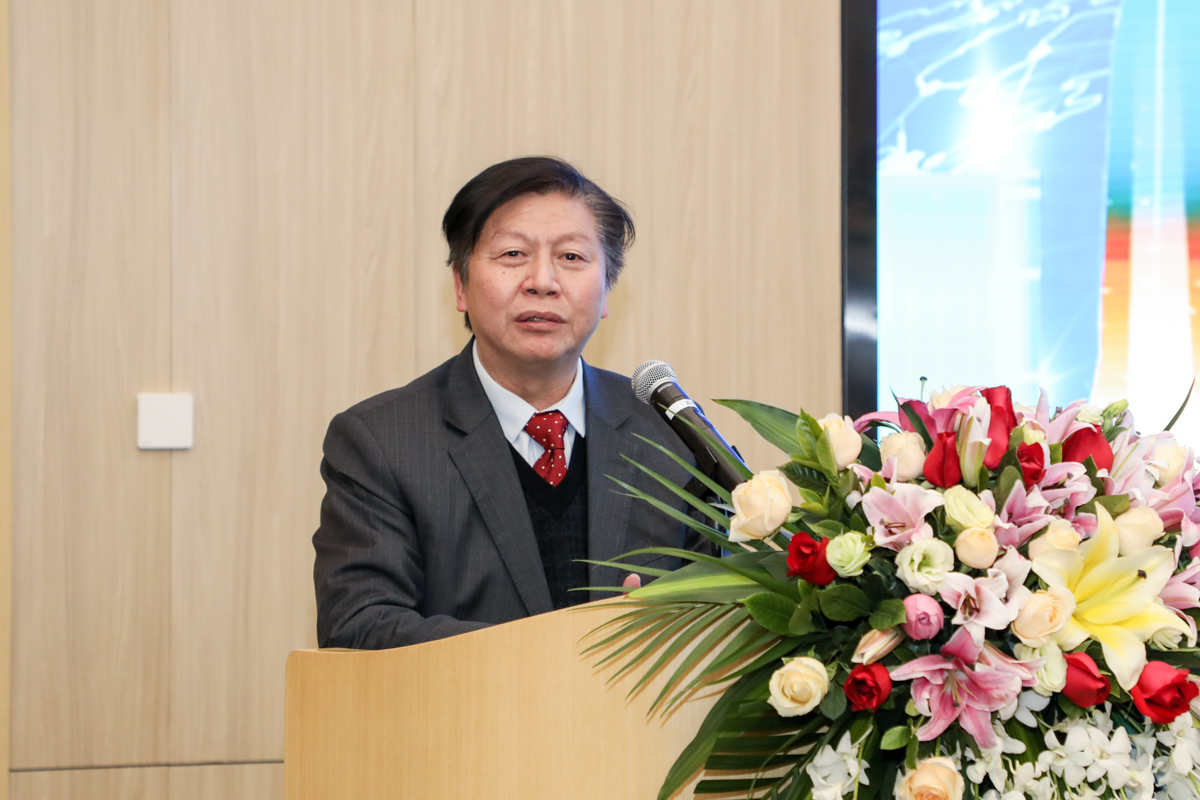AI-driven Application of Comprehensive Prevention and Control of Infectious Disease Risk Experiment launching ceremony held in SUSTech
On December 31, AI-driven Application of Comprehensive Prevention and Control of Infectious Disease Risk Experiment was launched by Southern University of Science and Technology, Shenzhen Center for Disease Control and Prevention (CDC), and Shenzhen SmartCity Technologies Co., Ltd (Shenzhen SmartCity) in SUSTech Convention Center.

Ang LIU, Deputy Secretary-General of Shenzhen Municipal Government, Bing WU, Deputy Director of Shenzhen Municipal Health Commission, Qikun XUE, SUSTech President, Junjie XIA, Director of CDC, and Xiquan XU, Chairman of Shenzhen SmartCity) attended the launching ceremony.
The project aims to carry out simulation results on infectious disease transmission based on large-scale volunteer interaction experiments and explore a comprehensive solution for accurate prevention and control of infectious diseases. It is designed to prevent and control infectious diseases in real-time with mobile phone and AI technology.


President XUE introduced the background of the cooperation and the features of the project. He said that SUSTech, in response to the call of the government, strengthens cooperation with industry to advance the research on the contagious disease, in which way the University can create an emergency-response plan for the future.

Junjie XIA said that the research would help improve the speed and accuracy on the epidemic detection, which is of great significance to the control of infectious disease. The AI-based project will help create a more scientific algorithm model, making epidemic control more cost-effective and efficient.
Xiquan YU said that the tripartite cooperation would give full play to their respective advantages in resources and technology and effectively promote the research on comprehensive prevention and control of the urban risk of infectious diseases. Shenzhen SmartCity will actively connect the government, universities, and all sectors of society, further promote industry-university-research cooperation, and contribute to the efficient and accurate implementation of government policies.
A mobile app and a simulation platform of infectious disease transmission were among the comprehensive solution. The app can help users get the risk of surrounding epidemic or major infectious diseases in real-time by perceiving users’ contact with others as well as utilizing city’s meta data. Based on the data collected by the app, the platform can realize detailed modeling of the epidemic, virus transmission and infected population by integrating, processing, and analyzing the multi-modal human traffic big data, combined with AI algorithm. The platform outputs the relevant visual results of prediction and simulation to realize the quantitative evaluation of the implementation effect of different epidemic prevention measures, which can provide references for policy-makers in disease control departments.


